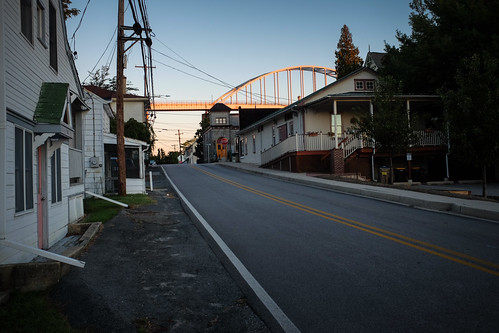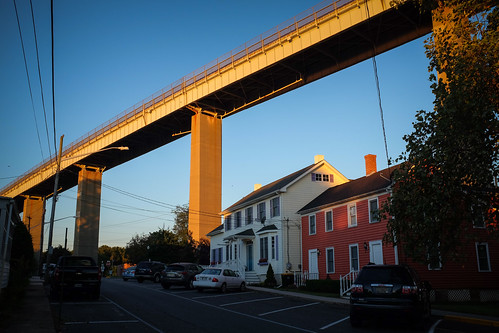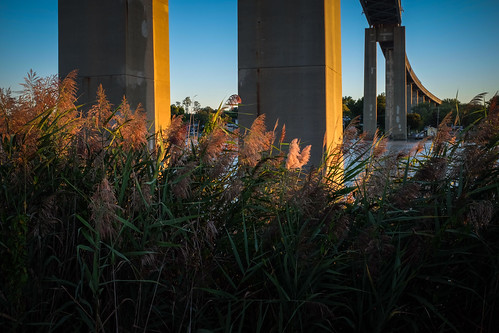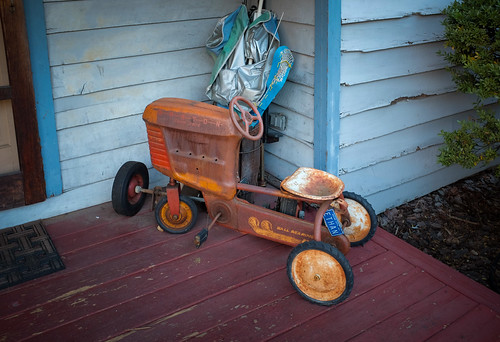 |
| Robolobster image from 2005 was published in: a. Field and Stream b. Bon Appetit c. Popular Science d. National Geographic (Answers provided at end of blog) |
As a photographer for the Department of Navy's Office of Naval Research (ONR) I get to photograph some pretty cool technologies and over the past eight years many of my photographs have been published - some even hundreds of times. There is nothing particularly special about many of those photographs and in fact many of them would never find there way into my portfolio. That's not the point. If I am to be successful as a photographer with my current employer, than I must take consistent photographs that tell a story and do it again and again.
Most of my images are published by various Navy publications and defense trade publications and further released to the media for use in national and international stories. What might surprise you however, is were else these images are published. So with that in mind I thought it would be fun to post two of my more widely published photos, both taken in 2005 and see if you can guess where they were published. After that I'll offer my thoughts on why I think these images were published over and over and also offer some tips on increasing your chances of getting your photographs published too.
A photograph above showing two Robolobsters remains one of my most requested and published images. In fact if my images weren't in the public domain, I'm sure I could earn a nice yearly income from stock sales on this one image alone. The photo was taken in Nahant, Mass., at Northeastern University's Marine Science Center. I was given one day to fly to Boston, drive to Nahant and then return to Arlington, Va. And did I mention that I also needed to get an interview and shoot B-Roll.
 |
| Ultra APV images were published in: a. Rolling Stone b. Car and Driver c. Road and Track d. Military Vehicles Monthly |
I photographed the Ultra Armored Patrol Vehicle at the Marine Corps Base in Quantico, Va., during a stop on my way to North Carolina's Outer Banks for another assignment. This ONR-funded project's goal was to develop a concept vehicle that illustrated design and technology options for increased survivability in future vehicles. I photographed this vehicle inside and out, and from every possible angle. The publication choose three to support a graphic.
I'll let you know the answers to the questions posed at the end of this blog, but first I promised you some tips.
Five tips to improve your chances of getting published:
1.
Know how to caption: Ensuring you images have solid caption information is critical. Editors need to understand what is happening in the photo and the more details you can add, the more likely a photograph will make it to publication.
2.
Know how to move imagery quickly: If your photos don't make it out of the camera, they can't be published. Timeliness also matters. One of the first things I think about when I'm given an assignment is how will I process the images and transmit them.
3.
Know what metadata is and use it: This is similar to making sure you caption the images. If all the embedded information is there it will ensure that your images will be found when editors are doing searches. Remember that both these photos were shot in 2005 and because they can be found, they continue to be published over and over.
4.
Do your research in advance: Before you take your first photograph, make sure you know what it is about the subject that makes it interesting or different. I knew when I was photographing Robolobster that it was different and unique already, but didn't have the same sense when I was photographing the Ultra APV, but that didn't stop me from taking plenty of photographs and asking key questions about what the developers thought was key.
5.
Be the only one who has the image: Okay, I realize this is not always possible, but if I am the only one with permission to photograph something than the media has no choice but to use it, right? Well that is only partially true, because if the images suck, they still won't be used no matter how exclusive. I've seen publications use a graphic instead if we were not able to provide a quality photograph.
Don't be misled and think that every image has to be a portfolio image in order to make it to publication. Conversely, don't believe that just because an image has been published that it should go into your portfolio.
There will always be a place for quality photography despite all the talk lately about photographers being replaced by everyone with a cell phone. Remember that the cell phone is just another camera and there really is more to making a photograph then just clicking the shutter.
Answers to the quiz:
 |
| c. Robolobster appeared in National Geographic (sure it was the Japanese edition, but I'm taking it). My most recent request for this image a few months ago came from a Russian railway magazine. Still waiting for the clip from that one. |
 |
| a. Ultra APV appeared in Rolling Stone Magazine. |






















